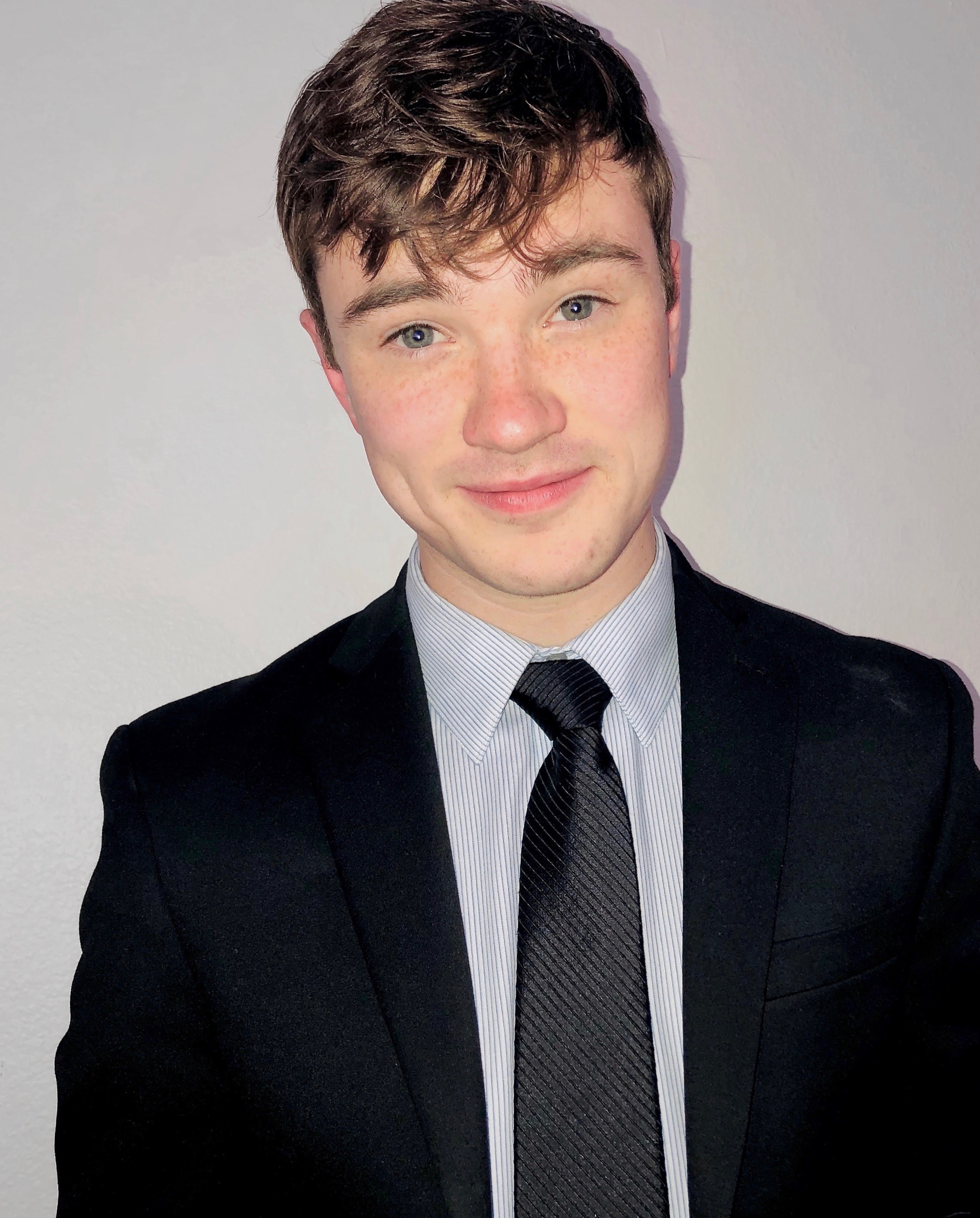Student Issues
Time-trajectories of mental health and social support in college students: A four-year longitudinal study
(PS13-B35) Time-trajectories of Mental Health and Social Support in College Students: A Four-year Longitudinal Study
- JB
Jessica A. Birg, M.A.
Doctoral Student
University of South Florida
Tampa, Florida 
Paddy Loftus, B.A.
Doctoral Student
George Washington University
Arlington, Virginia- HT
Howard Tennen, Ph.D.
Professor
University of Connecticut
n/a, Connecticut - SA
Stephen Armeli, Ph.D.
Professor
Fairleigh Dickinson University
n/a, New Jersey - FG
Fallon R. Goodman, Ph.D.
Assistant Professor
George Washington University
Washington, District of Columbia
Author(s)
Co-Author(s)
For most students, college matriculation occurs during a critical developmental window when several psychiatric illnesses are likely to manifest. Despite abundant opportunities for collegiate social support (e.g., dormitories, clubs), social anxiety and depression impair desire for social engagement. To date, a majority of studies frame the relationship between symptoms and social support as being causal in one direction, which leaves out information about bidirectional social and psychological processes. To address this gap, we conducted a 4-year longitudinal study to examine how social anxiety/depression and social functioning (i.e., social support and time spent socializing) influence each other over the course of college. Filling this gap may identify people prone to faster social deterioration and clarify temporal relationships between symptoms and social functioning.
Using baseline and daily surveys completed by undergraduates (N=323) in each year of college, we found that participants with higher levels of social anxiety (b = –0.11, t = –2.73, p = .006) and depression (b = –0.39, t = –2.98, p = .003) reported lower social support on average, and as college years progressed, spent less time socializing per day (b = –0.17, t = –4.78, p < .001). These socializing trajectories, however, were moderated by social anxiety. Participants with high social anxiety socialized less frequently with time (b = –0.22, t = –4.74, p < .001), while those with low social anxiety socialized similar amounts over time (b = –0.09, t = –1.83, p = .067). Reverse-direction models were non-significant, meaning that time spent socializing was unrelated to changes in anxiety and depression ( ps > .3). The trajectory of perceived social support was more complex; changes were curvilinear, increasing between years one and two and then plateauing (bcubic = 0.14, t = 5.25, p < .001). Depression and social anxiety did not moderate this relationship.
Study findings suggest that social anxiety and depression symptoms may contribute to social impairment throughout college. The trajectory of socializing over time was impacted by social anxiety, but the trajectory in social anxiety was not impacted by time spent socializing, which may suggest that symptoms have a greater effect on changes in social behavior than the reverse. Curvilinear social support trajectories suggest there may be a critical window during the first year of college in which students are particularly receptive to and in need of social support.

